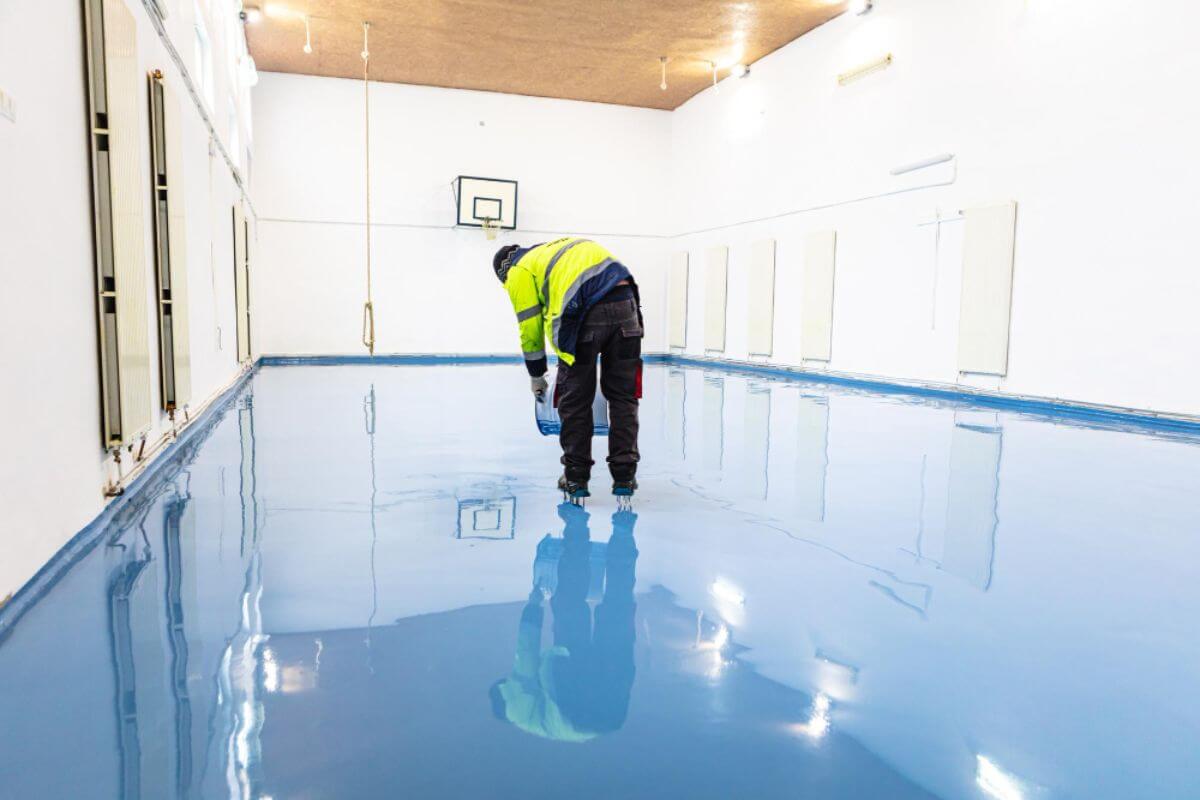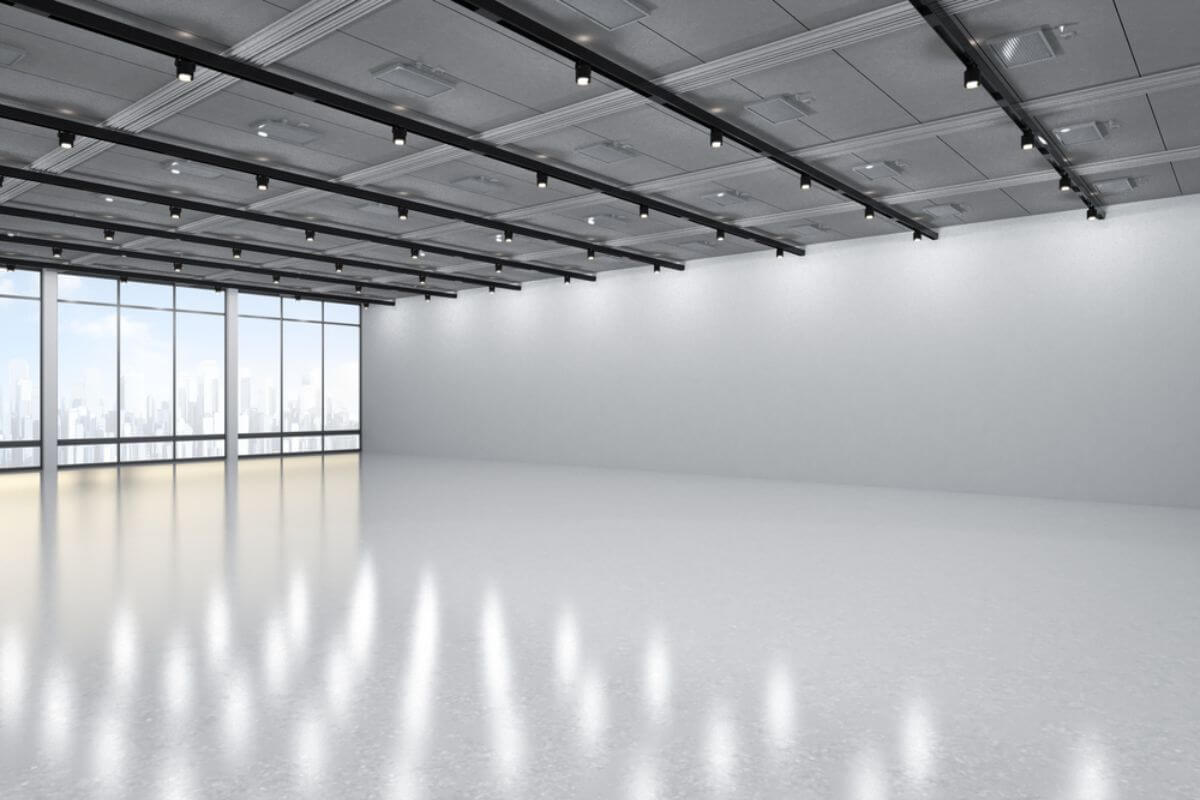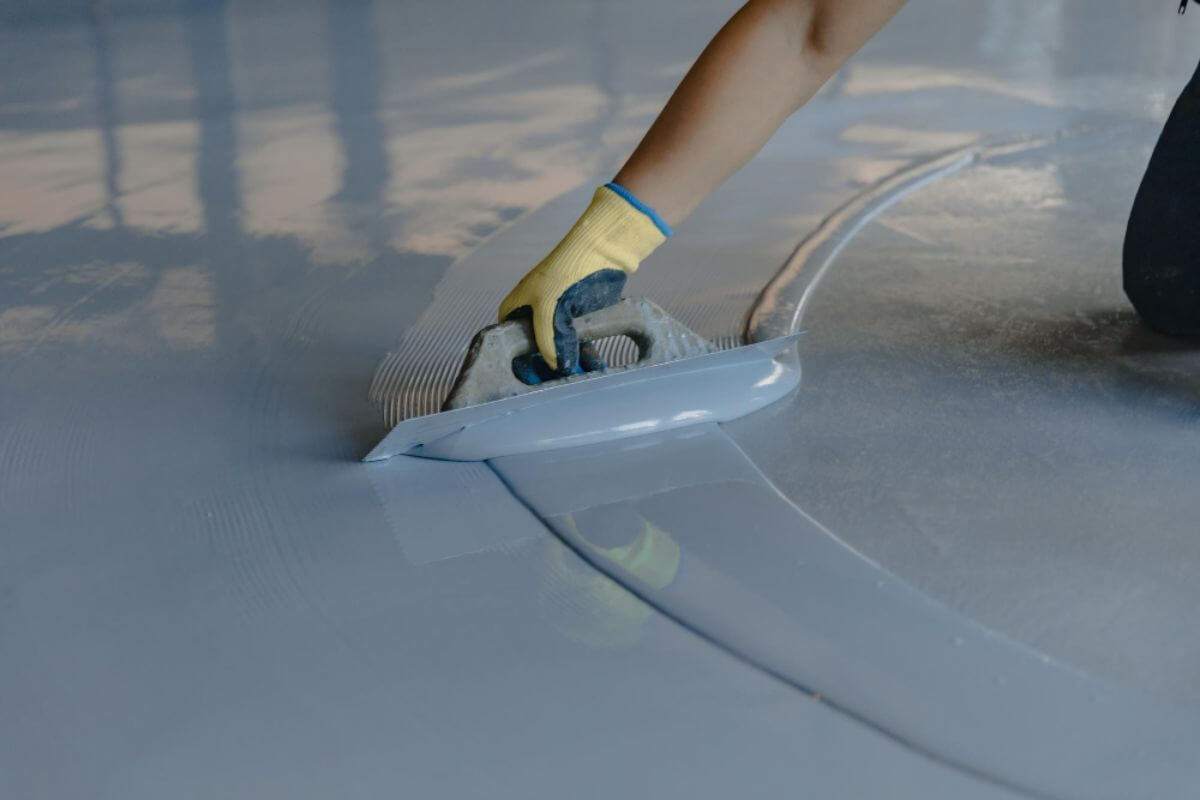Top 3 Reasons For Bubbles In Epoxy Flooring

What are the reasons for bubbles in epoxy flooring?
- A porous and moist concrete substrate
- Inexperienced and disorganized application
- Low-quality epoxy product used
After applying an epoxy floor, there’s nothing worse than seeing bubbles emerge in the fully-dried surface. A situation called outgassing happens when the air below the coating causes pinholes that can pop and result in craters. This usually leaves round shapes that can be as big as the fingertip. The good news is this can be prevented. To know the reasons for epoxy bubbles, keep on reading!
A Porous And Moist Concrete Substrate

Outgassing occurs because a small amount of air enters the epoxy coating which creates a small bubble. But where do these come from? The answer is the porous substrate. If you haven’t sealed the concrete with primer beforehand, you can expect this situation to happen.
By applying primer, you can see where bubbles would form or where the mixture can be absorbed. You can apply a second coating to completely seal off the porous slab.
In other cases, a porous slab is also moist, which might increase the tendency for bubbles to form. This is because epoxy can react when it gets exposed to water. To prevent this problem, you can conduct moisture tests on the substrate.
Inexperienced And Disorganized Application
Veteran contractors will know the requirements needed to prepare a substrate and the techniques to apply an epoxy coating without outgassing. For example, mixing an epoxy solution too quickly will create more bubbles in the mixture. To prevent this, you should use a mixer and run it at low speed at around 300 RPM.
In some cases, contractors would also apply additional solvent on the epoxy coating to save on costs and increase the spreadability of the mixture. The solvent will evaporate from the solution, which creates pinholes once they burst.
Before applying epoxy, a veteran contractor will also consider the environment. Spreading this resin-based flooring during high heat can create bubbles in the coating. Instead, the application should be done during the afternoon to prevent changes in temperature from expanding the substrate.
Low-Quality Epoxy Used

Aside from the condition of the substrate and the application techniques, one of the things that should be considered is the quality of the product. Veer away from unknown and low-cost epoxy coatings that are full of solvent that can increase bubble-formation. In other cases, manufacturers would even remove additives that are necessary for a seamless finish.
To ensure that you are getting the best out of a product, only rely on tried-and-tested epoxy products distributed by Flooring Solutions. These are used by numerous companies from different industries and are tested and certified for their purposes. Each pack will also include details about the application process which tells you about the temperature, curing time, and aftercare requirements.
Key Takeaway
These three reasons for epoxy bubbles can be avoided with enough surface preparation, expert application techniques, and proper product choice. Although the durability of the flooring will not be immediately compromised, dirt and bacteria can build up in these blisters which can make it hard to clean. This is why you need to make sure that you’re hiring the right people and using the highest-quality flooring for the job.
If you need tested epoxy products for your establishment, you can send a message to Flooring Solutions!
Author’s Note: This entry was optimized by the best SEO Services Agency in the Philippines – SEO Hacker





